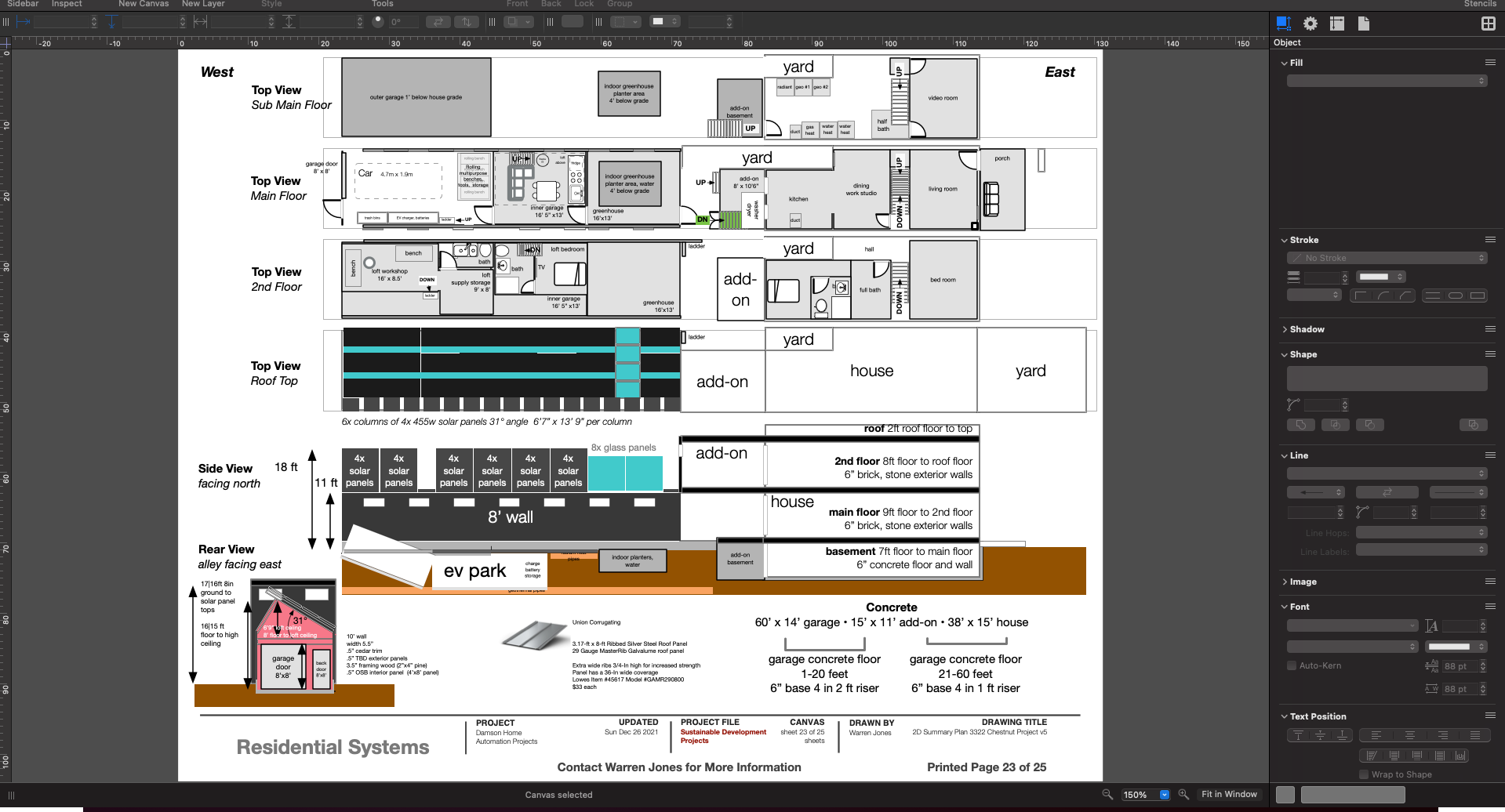New Year - Time for New Tools?
31/12/21 14:10
Back in 2011 I joined a now defunct organization called TechShop that offered classes on CAD tools. They also provided lots of other hands-on training and access to a huge selection of fabrication tools. Some of these included traditional sheet metal and wood shop tools that I was familiar with. But there were many tools in the facility I had never touched before many I had never seen. In all my years, I realized hjad never learned to weld. There were people doing things in their state of the electronics lab, plastics shop and on computer controlled (CNC) 3D printers, lathes, saws, milling machines, and laser cutters that I felt I needed to learn. There was a picture of TechShop members using injection mold and electronics to make a tiny square credit card reader they thought might change the world.
I purchased an annual membership and took a CAD classes and a whole lot more. The classes were not just good, but because they provided training and basic certifications across many fab technologies, I quickly realized they were enabling a different kind of architect and engineer.
I was hooked. The next year I purchased a super premium membership with access to unlimited training classes. I learned everything I could, from industrial sewing, how to custom craft metal parts in a kiln oven. I built an integrated control circuit board and began experimenting with new generation CAD tools that could integrate the many different design and fabrication steps within a single workflow. TechShop had a partnership with Autodesk and the annual membership provided educational access to the full suite of Autodesk tools.
I experimented with several CAD tools before focusing on Autodesk Fusion. I have kept with Fusion 360 since, as it was designed specifically for this new type of architect and engineer I was becoming. In one tool, you could quickly lay out a simple building, product, or electronic circuit and link them as a single complex assembly. You could also render the product visually and then output manufacturing data to 3D printers, milling machines and other systems primarily using gcode. The initial versions were incomplete and buggy at times, but over the past ten years, I have been able to use Fusion with other tools to perform end-to-end design and prototype builds for many customers.
Today, my full suite of tools includes Autodesk Fusion 360, OmniGraffle for 2D drawing, Numbers/Excel spreadsheets and Keynote/PowerPoint/PDF for presenting data and concepts and finally Scrivener for documentation that often ties everything above together. For most the past decade, these tools have served me well.
But times change.

I purchased an annual membership and took a CAD classes and a whole lot more. The classes were not just good, but because they provided training and basic certifications across many fab technologies, I quickly realized they were enabling a different kind of architect and engineer.
I was hooked. The next year I purchased a super premium membership with access to unlimited training classes. I learned everything I could, from industrial sewing, how to custom craft metal parts in a kiln oven. I built an integrated control circuit board and began experimenting with new generation CAD tools that could integrate the many different design and fabrication steps within a single workflow. TechShop had a partnership with Autodesk and the annual membership provided educational access to the full suite of Autodesk tools.
I experimented with several CAD tools before focusing on Autodesk Fusion. I have kept with Fusion 360 since, as it was designed specifically for this new type of architect and engineer I was becoming. In one tool, you could quickly lay out a simple building, product, or electronic circuit and link them as a single complex assembly. You could also render the product visually and then output manufacturing data to 3D printers, milling machines and other systems primarily using gcode. The initial versions were incomplete and buggy at times, but over the past ten years, I have been able to use Fusion with other tools to perform end-to-end design and prototype builds for many customers.
Today, my full suite of tools includes Autodesk Fusion 360, OmniGraffle for 2D drawing, Numbers/Excel spreadsheets and Keynote/PowerPoint/PDF for presenting data and concepts and finally Scrivener for documentation that often ties everything above together. For most the past decade, these tools have served me well.
But times change.
